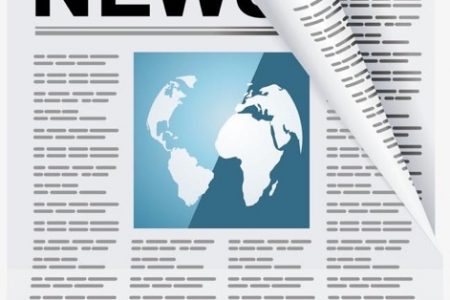A technology that uses the principle of an electrolytic cell to deposit a metal coating with good adhesion but with different properties from the base material on mechanical products. The electroplating layer is more uniform than the hot dip layer, and is generally thinner, ranging from a few microns to tens of microns. Through electroplating, …
